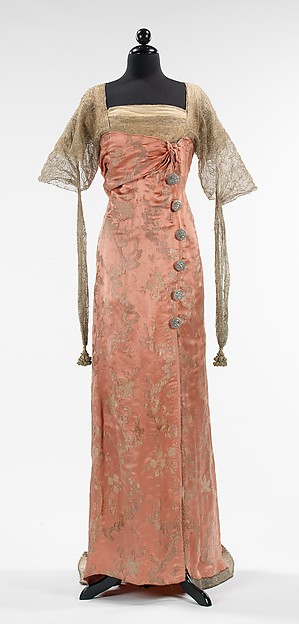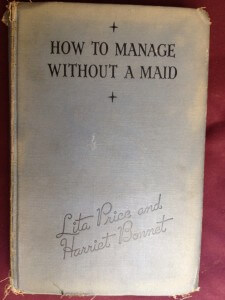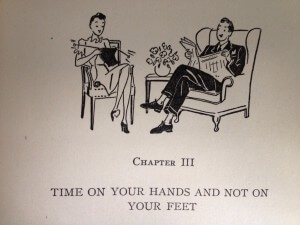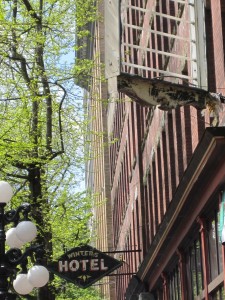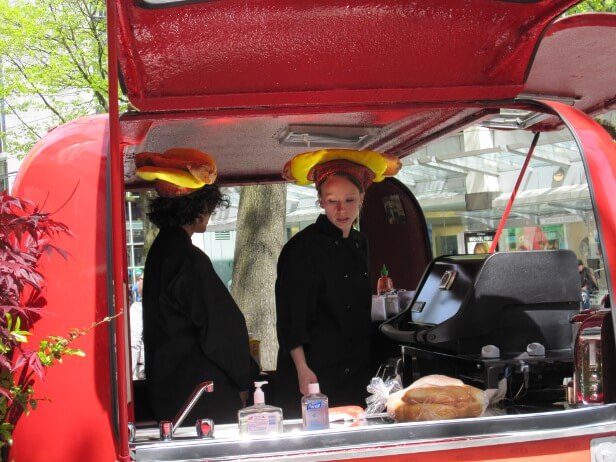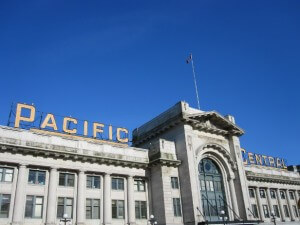 I really enjoyed the selection and arrangement of diary excerpts in New York Diaries: 1609-2009 (Modern Library, 2012). Read my post on the book here. I particularly like how the segments capture the environment of New York depending on the period: the colonists’ arrival, the boom and squalor of the nineteenth century, the sparkle and click of beads in the 1920s, the living off of Chinese in a paper box in a dark room vibe, of , well, pretty much any period of New York history.
I really enjoyed the selection and arrangement of diary excerpts in New York Diaries: 1609-2009 (Modern Library, 2012). Read my post on the book here. I particularly like how the segments capture the environment of New York depending on the period: the colonists’ arrival, the boom and squalor of the nineteenth century, the sparkle and click of beads in the 1920s, the living off of Chinese in a paper box in a dark room vibe, of , well, pretty much any period of New York history.
I moved into New York City proper in 2005, and while my journalling habits have given way to blogging, research writing, and fiction, I was curious to see how my own New York entries held up against those selected for the text. In comparison, I wondered at the volume of diaries created today. Do people write for themselves as much? Or have they replaced it with lesser notions of privacy and revealing all to others online? What is Facebook but one lengthy diary, with commentary? In perusing my own journals, I find a lot about the routines of my life, and less of the texture of the city. It’s as soon as I got here, there was too much life here to write about. Alas. I’ll see if they look any better 25 years from now. Here are a few excerpts:
28 August 2005: Threw out more junk yesterday. Great chat with Maggie N. She’s been a tai chi and nihon buyo [Japanese classical dance] instructor for over 40 years. Back in the day, she had a studio in Chinatown that was a Chinese gang battleground. One day they torched it & Maggie had to slither out the window ledge & down a construction rope to save her life. Gone were all her possessions, kimono, & wigs.2 January 2006: MOMA in the rain, with some party evidently occurring. Gave a foreigner the wrong directions to Penn Station. Well, he’ll be closer than he would have been.
8 April 2006: On the M15 Limited. Two nearby hipsters remarking how the Limited is “hot” and like a “stretch Hummer.”
13 October 2011: I found the NYPL menu transcribing project. What struck me first was the explosion of menus in their collection from around 1900, and how they all basically have the same thing on them (not necessarily true, but “Cold Meats.” rang a bell for me as a short story title). It is everywhere. I love how you order pickles and relishes separately, 10c. Breakfast wines upon request.
14 October 2011: 1pm. Goofy trip to D’agastinos, where we were accosted by a scammer with a Planned Parentood shirt on, only to ask for a credit card number on the street. More Roth, more Food and Wine, poking at newspaper ads, watching [Star Trek] Voyager and eating mushroom soup. It will be too soupy for hiking tomorrow, and I have a terrible time trying to chill out.




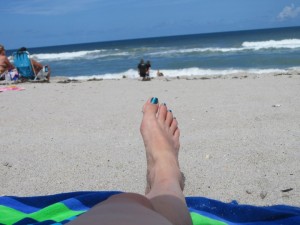
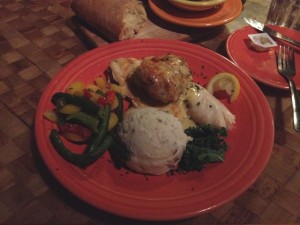
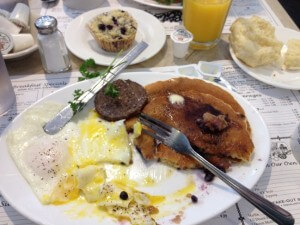

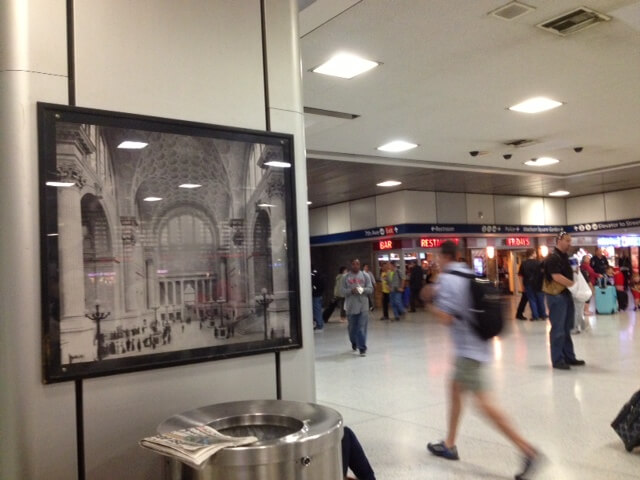

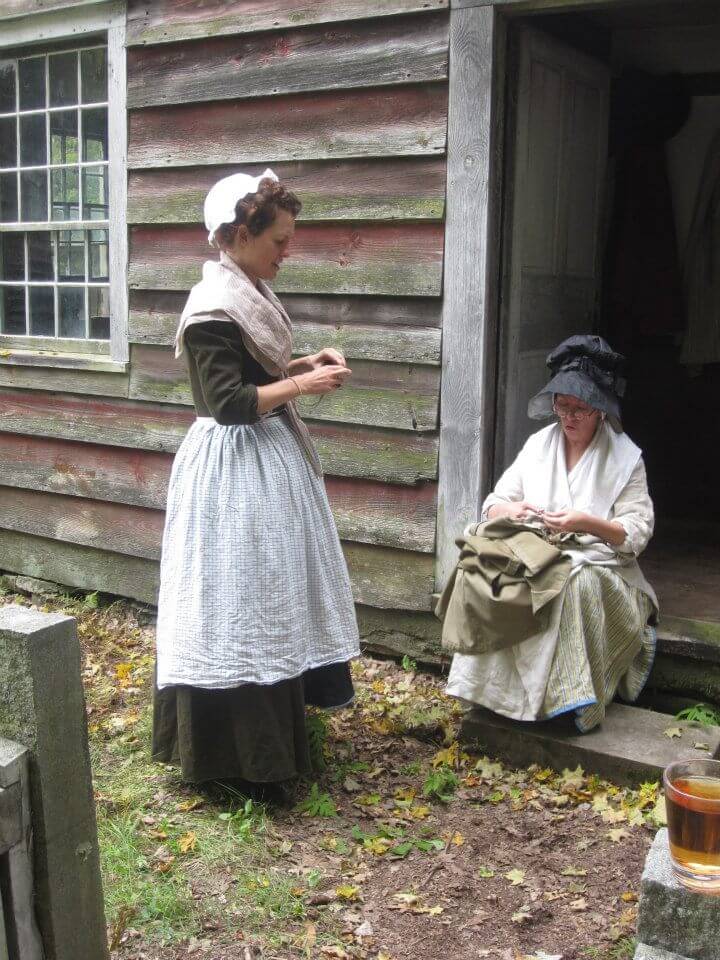
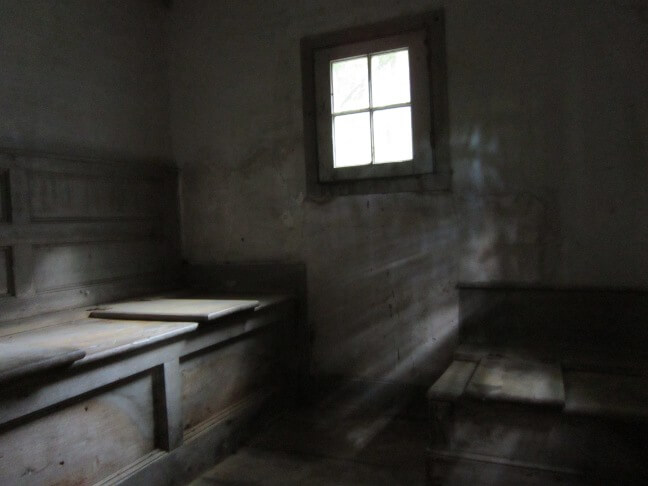
 I think if I were going to attempt making my Downton Abbey outfit with a month to go, I’d probably scare up a copy of
I think if I were going to attempt making my Downton Abbey outfit with a month to go, I’d probably scare up a copy of 